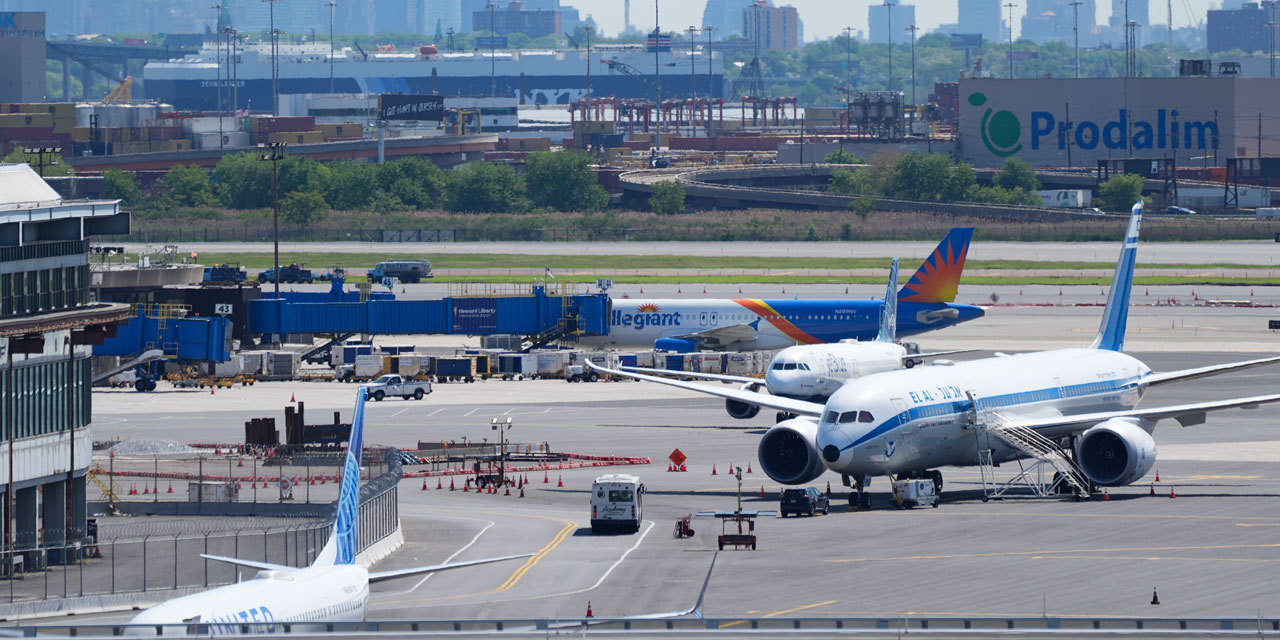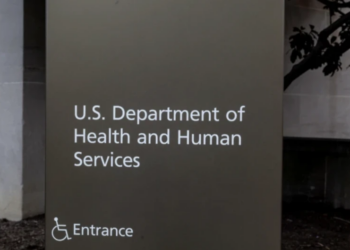
The nation’s air traffic control system faces multiple crises, from outdated equipment to over-congested airspace, the latter contributing to the fatal collision of a U.S. Army helicopter and an American Airlines passenger flight in January. But one problem shouldn’t be so hard to fix: persistent staffing shortages, like those that forced sudden flight cuts at Newark Airport earlier this month.
People take jobs for a mix of three reasons: money, working conditions, and a sense of purpose. Air traffic control already fulfills the third. The Federal Aviation Administration, which oversees the system, should focus on the other two—and use free-market tools to improve pay and working conditions.
Finally, a reason to check your email.
Sign up for our free newsletter today.
Being an air traffic controller is a demanding job, requiring a high level of skill, as well as physical and psychological stamina. Candidates must have at least a year of work experience, a bachelor’s degree, or a combination of education and experience; be in excellent physical health; speak flawless English; and pass both a psychological screening and an aptitude test with a “well-qualified” score. Fewer than 10 percent of applicants meet these requirements even to begin training. Those who do must then complete several months of academy instruction followed by two to three years of apprenticeship and additional classroom work.
Is the pay truly commensurate with the qualifications and training—especially in a full-employment economy, where even low six-figure salaries don’t go as far as they once did? Consider this: the FAA proudly notes on its recruitment website that it recently raised academy trainee pay by 30 percent, to $23 an hour—or about $50,000 a year. That’s less than what a Walmart management trainee can earn.
Why not experiment with raising this onboarding pay—to $75,000 or more—to attract a broader pool of applicants? The same logic applies at the higher end: a fully certified controller at New York’s main radar approach facility earns between $189,000 and $239,200 in straight time. If it’s still hard to attract and retain qualified people for one of the most complex and congested airspaces in the world at those rates, why not make the pay competitive with other high-skill, high-stress jobs in New York, like those at a trading desk?
Aggressive pay, including targeted incentives, could help resolve Newark Airport’s staffing shortage. Many experienced controllers have been reluctant to move from the New York region to Philadelphia, where the FAA has been, somewhat ineptly, shifting the Newark control base. A private-sector company in a similar position would probably see if a higher relocation bonus could entice middle-career workers to leave behind home equity and their children’s schools. The FAA has raised its relocation bonus from just $75,000 to $100,000. Why not try $250,000?
The FAA could further broaden its applicant pool by easing age restrictions: you can’t become a controller after age 30, and you must retire by age 56, a measure the controllers’ union supports. But many people who decide to change careers in their early thirties or beyond could have long careers as controllers. No, you probably don’t want people Joe Biden’s age keeping track of 787s, but a higher retirement age—even 60—coupled with rigorous, regular cognitive and reflex tests could keep more people in the controller workforce.
Finally, there’s overtime. Controllers can easily double their pay, or more, with overtime shifts. One controller said he’ll likely make close to half a million dollars this year. But many qualified workers might be repelled, not attracted, by the promise of overtime, either voluntary or mandatory. Experimenting with shorter but better paid and more consistent shifts, at least for part of the workforce, could attract parents of young children, for example.
The barrier to such experimentation is partly the union and a unionized culture of racking up overtime, and partly the government itself: the FAA must pay people within a complex set of wage bands set by the federal Office of Personnel Management. Gradually migrating responsibility for air traffic control out of the government’s direct administration and into a nonprofit, non-government agency would allow for more flexibility on hours and pay.
Could a controller workforce, freed from federal pay controls, make extortionate demands on a non-government agency? One safeguard would be to fund air traffic control through a dedicated tax or fee paid by airlines and airports, with no fallback to general federal revenues. As the recent Newark Airport chaos shows, airlines have a strong incentive to maintain a qualified controller workforce—but, as seen in periodic negotiations with pilots’ and flight attendants’ unions, they also aim to keep costs down. And history suggests that the real risk of extortion lies not in the market, but in unionized public-sector labor: in 1981, controllers called an illegal strike, and President Ronald Reagan fired them.
If we want more people to choose this high-stakes, high-skill profession, we’ll have to start treating it like one.
Photo by Lokman Vural Elibol/Anadolu via Getty Images
City Journal is a publication of the Manhattan Institute for Policy Research (MI), a leading free-market think tank. Are you interested in supporting the magazine? As a 501(c)(3) nonprofit, donations in support of MI and City Journal are fully tax-deductible as provided by law (EIN #13-2912529).
Source link

















